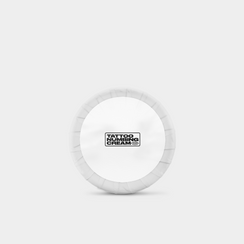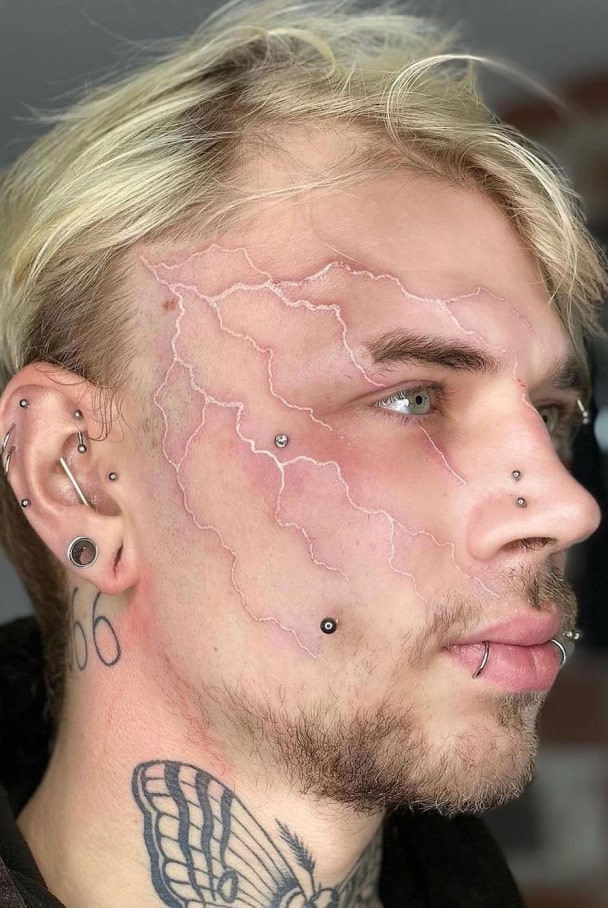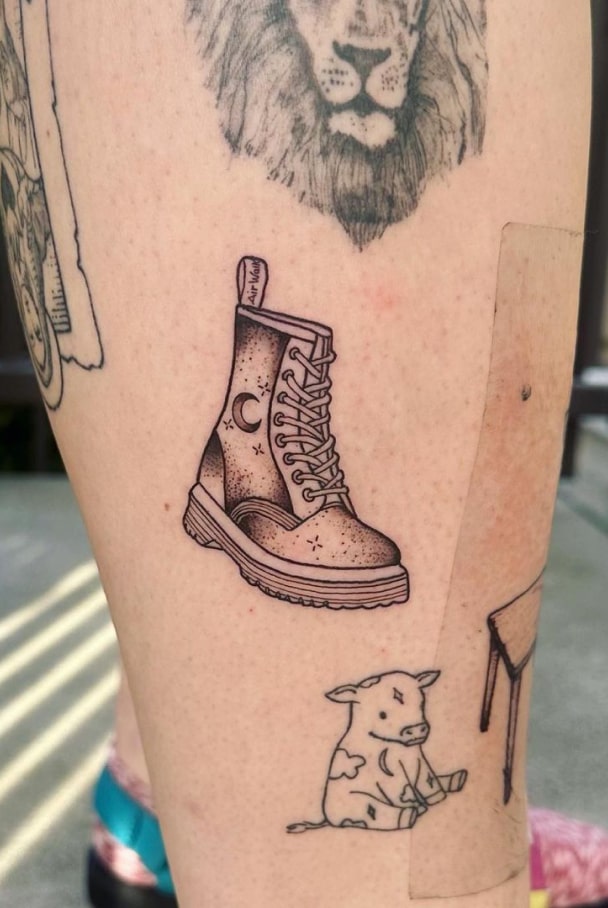Numbing cream is widely used for pain relief in various cosmetic and medical procedures. Whether you're considering it for tattoos, waxing, or minor surgeries, you probably have some questions about its effectiveness, safety, and usage. In this blog, we answer the most commonly asked questions about numbing cream to help you make an informed decision.
1. What Is Numbing Cream and How Does It Work?
Numbing cream is a topical anesthetic that reduces pain by blocking nerve signals in the skin. The active ingredients, such as lidocaine, benzocaine, prilocaine, or tetracaine, work by temporarily desensitizing the area where applied. This makes procedures like tattooing, waxing, and injections more comfortable.
2. How Long Does Numbing Cream Last?
The duration of numbing effects depends on the type of cream used. Most numbing creams take 20-30 minutes to work and provide pain relief for 1-2 hours. Some prescription-strength numbing creams can last up to 4 hours, but their use should be supervised by a healthcare professional.
3. Is Numbing Cream Safe?
Yes, numbing creams are generally safe when used correctly. However, they must be applied in the right amount and not left on for too long. Overuse can lead to skin irritation, allergic reactions, or, in rare cases, toxicity. Always follow the instructions on the packaging and consult a doctor if you have concerns.
4. Can Numbing Cream Be Used for Tattoos?
Yes, many people use numbing cream to reduce pain during tattoo sessions. However, some tattoo artists prefer to work without it, as it may affect how the skin absorbs ink. If you plan to use numbing cream for a tattoo, discuss it with your tattoo artist in advance.
5. Where Can I Buy Numbing Cream?
Numbing creams are available at pharmacies, online retailers, and tattoo supply stores. Over the counter (OTC) creams typically contain 2-5% lidocaine, while stronger, prescription-strength creams must be obtained through a doctor.
6. Can I Use Numbing Cream Before Waxing?
Yes! Numbing cream is commonly used before waxing or laser hair removal to reduce pain. Apply it 30 minutes before your appointment and wipe off any excess before the procedure starts. This can significantly ease discomfort, especially in sensitive areas.
7. How Much Numbing Cream Should I Apply?
You should apply a thin, even layer over the area you want to numb. Using too much can increase the risk of side effects. Most products specify the maximum recommended dosage, so always check the instructions before applying.
8. Does Numbing Cream Work on All Skin Types?
Yes, numbing creams work on all skin types, but people with sensitive skin may experience mild irritation. If you have sensitive skin, do a patch test by applying a small amount on a small area before using it on a larger area.
9. Can Numbing Cream Be Used for Injections?
Yes, numbing cream can be applied before vaccinations, IV insertions, or cosmetic injections (like Botox or fillers). Many doctors recommend it for children and adults who experience discomfort with needles.
10. Are There Any Side Effects of Numbing Cream?
Possible side effects include:
- Mild irritation: Redness, itching, or burning.
- Swelling: Some swelling may occur.
- Allergic reactions: Rare but possible.
- Toxicity: Overuse can cause serious health risks, such as dizziness, irregular heartbeat, or seizures. Always use numbing cream responsibly.
11. How Do I Make Numbing Cream More Effective?
To enhance the effectiveness of numbing cream:
- Apply to clean, dry skin.
- Cover with plastic wrap (if safe to do so) to enhance absorption.
- Give it time to work (20-30 minutes before the procedure).
12. Can Pregnant Women Use Numbing Cream?
Pregnant women should consult their doctor before using numbing cream. While low concentrations of lidocaine are generally considered safe, it’s best to get medical advice.
13. What’s the Strongest Numbing Cream Available?
Prescription-strength numbing creams contain up to 10-20% lidocaine and offer the most powerful pain relief. Popular brands include BLT cream (Benzocaine, Lidocaine, Tetracaine) and EMLA cream. These should only be used under medical supervision.
14. Can I Use Numbing Cream for Piercings?
Yes, numbing cream can be used before piercings to reduce pain. Make sure to apply it 20-30 minutes before the procedure and wipe it off before getting pierced.
15. What Happens If I Use Too Much Numbing Cream?
Using too much numbing cream can lead to lidocaine toxicity, which can cause:
- Dizziness or confusion
- Irregular heartbeat
- Difficulty breathing
- Seizures (in extreme cases) If you experience any of these symptoms, seek medical attention immediately.
16. Does Numbing Cream Work for Microneedling?
Yes, numbing cream is often used before microneedling, dermal fillers, and cosmetic treatments to reduce discomfort. A high-strength cream may be recommended by your dermatologist for professional treatments.
17. Can I Apply Numbing Cream on Broken Skin?
No, do not apply numbing cream on broken, irritated, or infected skin unless directed by a doctor. This can increase the risk of excessive absorption and side effects.
18. Are There Any Natural Alternatives to Numbing Cream?
If you prefer natural alternatives, you can try:
- Ice packs: Reduce sensation by numbing the area.
- Aloe vera gel: Soothes skin but provides mild relief.
- Clove oil: Contains eugenol, a natural numbing agent.
- Cooling gels: Provide slight numbing effects.
Final Thoughts
Numbing creams are safe, effective, and widely used for pain relief. However, they must be used correctly to avoid risks. If you have specific concerns, always consult a healthcare provider before applying numbing cream.
Key Takeaways:
- Numbing cream blocks nerve signals to reduce pain.
- Safe for tattoos, waxing, injections, and minor procedures.
- Follow instructions to avoid side effects.
- Stronger creams require medical supervision.
- Always perform a patch test before full application.
By understanding how to use numbing cream safely, you can enjoy a pain-free experience for various cosmetic and medical treatments!








